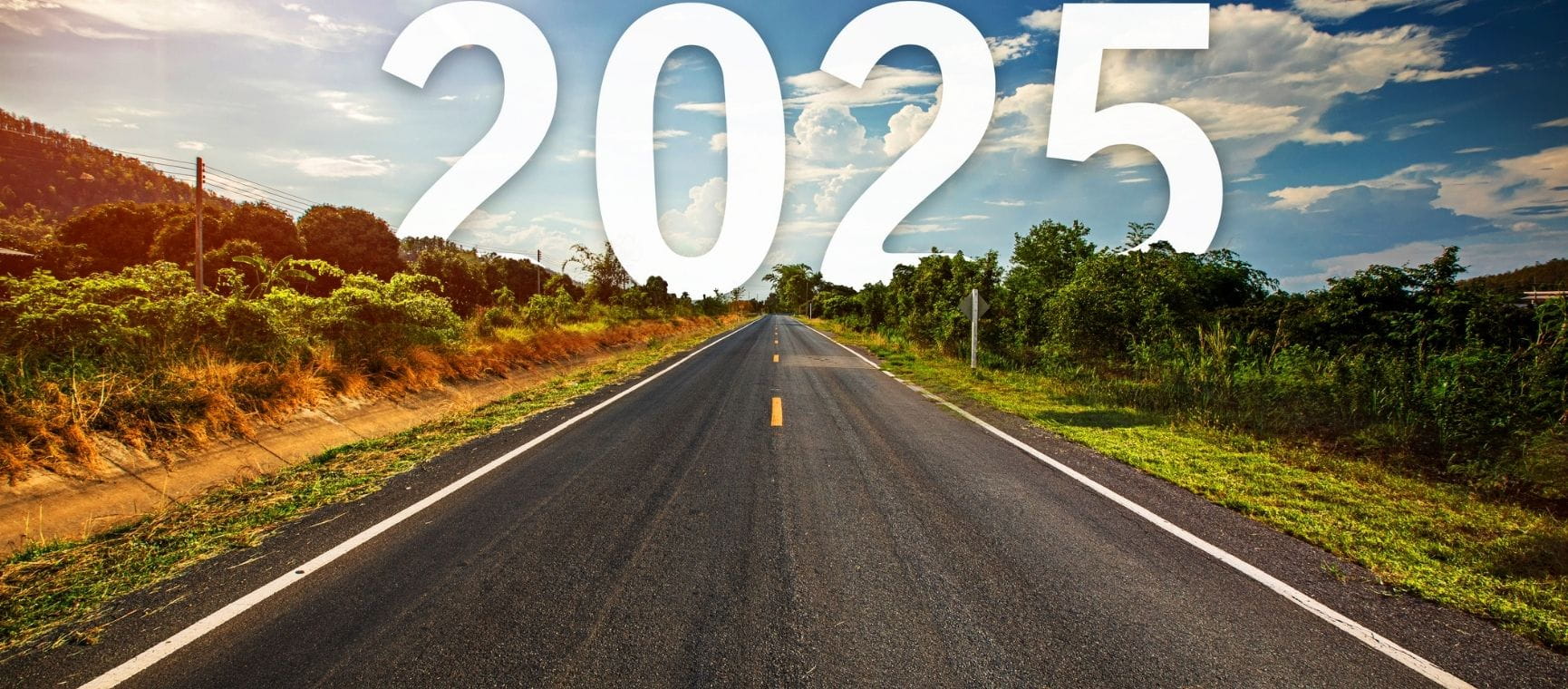Travelling to Europe? We explain the new EES procedures
What the new European border check Entry/Exit System (EES) means for you and your travel plans.

What the new European border check Entry/Exit System (EES) means for you and your travel plans.

The way we travel in and out of Europe has changed again with the introduction of the new EU entry/exit system (EES). It was originally due to start in 2024, but launched on Sunday 12 October 2025, with a phased introduction planned over the next six months.
The system should eventually make travel to Europe easier and reduce queuing times at airports, Eurostar and ferry terminals, but there have been concerns that there may be delays initially while we all register and adjust to the new system.
So, if you are planning on travelling to Europe, we explain how the changes will affect you and how it is being phased in.
It is a border control system that records the movements of non-EU nationals entering and leaving the Schengen area – the EU’s passport-free travel area that encompasses 29 countries. As well as providing your name, nationality and passport details, you’ll register biometric details including fingerprints and facial scans.
The system replaces manual passport stamping, and will make it easier for the EU to keep track of when travellers arrived and how long they’ve stayed – and to detect people who stay longer than the prescribed limit of 90 days out of every 180.

Self-service kiosks are being installed at airports, ports and stations, where you will be able to register passport details, four fingerprints and a facial scan.
Once you have registered, all subsequent journeys will be quicker, requiring you to just have only one piece of biometric data – a fingerprint or facial scan – checked. Your details are valid for three years from point of entry, unless your passport expires.
There is a risk of delay as people register their details for the first time, but officials hope that the staggered introduction of the scheme should minimise hold ups. Once registration is complete, passengers go through passport control as normal.
France has border control officers stationed on British soil at the Port of Dover, the Eurostar terminal in St Pancras and the Eurotunnel LeShuttle terminal in Folkestone. This is because the UK has a reciprocal juxtaposed border arrangement with the EU (meaning the border controls take place before boarding the train or ferry rather than upon disembarkation).
In the long run, the system is designed to be quicker and more efficient. It will be easier for the EU to identify “overstayers” and control immigration. Because it is an identity verification tool, the system will also help combat terrorism and organised crime.
An EU statement said, “It is an important step towards achieving more effective border management and better oversight of who is crossing the EU’s external borders.”
There is nothing to do before you travel as the planned mobile phone app is not yet available. The first time you use the new system you will have to register biometric information while having your passport scanned, either with a border officer or at an automated machine.
Holiday periods, such as half term and Christmas, could be busier than usual, so plan ahead and check travel updates before you leave.

If you are travelling by ferry from Dover, or on Eurostar or Eurotunnel, you will register as you leave the UK. If you are flying, you will register at your destination airport.
EES should be active at every Schengen border crossing point by 10 April 2026.
Richard Newsome, director of product at Saga Travel said: “The new European Entry and Exit System (EES) replaces manual passport stamping by recording biometric data (facial image and fingerprints) for all non-EU nationals entering and exiting the Schengen Area. You simply present your passport, have a photo taken and provide fingerprints.
“You won’t have to do anything before you travel, instead when this happens depends on your mode of transportation. If you fly, you will complete the process when you arrive into immigration at your destination. Eurostar travellers will be processed at UK passport control.
“We have factored all these additional steps into your holiday, so if there are any delays when you arrive at your destination airport then your Saga representative will still be there waiting for you.
“The introduction is being staggered over six months, so it should minimise any delays. And as our ocean cruise sailings begin and end in the UK and only include day visits to EU countries, you will be exempt from EES checks.”
EU passengers do not have to register their details, and Irish citizens will also be exempt despite Ireland not being in the Schengen Area.
Being married to an EU national won’t help – you’ll still have to register. However, non-EU members who are legally resident or have a long-stay visa are exempt.
In addition to the EES, the European Travel Information and Authorisation System (ETIAS) is a visa waiver that is due to launch in late 2026.
UK nationals – and other non-EU travellers who previously did not require a visa to enter the EU – will need to apply for authorisation to travel to the EU.
It authorises travel for up to 90 days but is valid for three years. If you get a new passport, you need to get a new ETIAS travel authorisation. It will work in a similar way to the US ESTA system and cost €20.
Hero image credit: Getty Images


Booked your trip and thinking about travel insurance? When you're looking to compare travel insurance, don't settle for less.

Your chance to win a five-night river cruise with Saga worth almost £3,000, exploring some of Germany's most culturally-rich cities.



Whether your perfect beach holiday is just sun, sea and sand, or if you like a bit of sightseeing, shopping or snorkelling thrown in, one of these might be your ideal destination.

Jetting off to Italy’s ‘Eternal City’? We reveal the best places to visit in Rome, from ancient temples to al fresco dining with a view.






Autumn on Europe’s rivers is always spectacular. We’ve got the best cruises to try in 2025.
